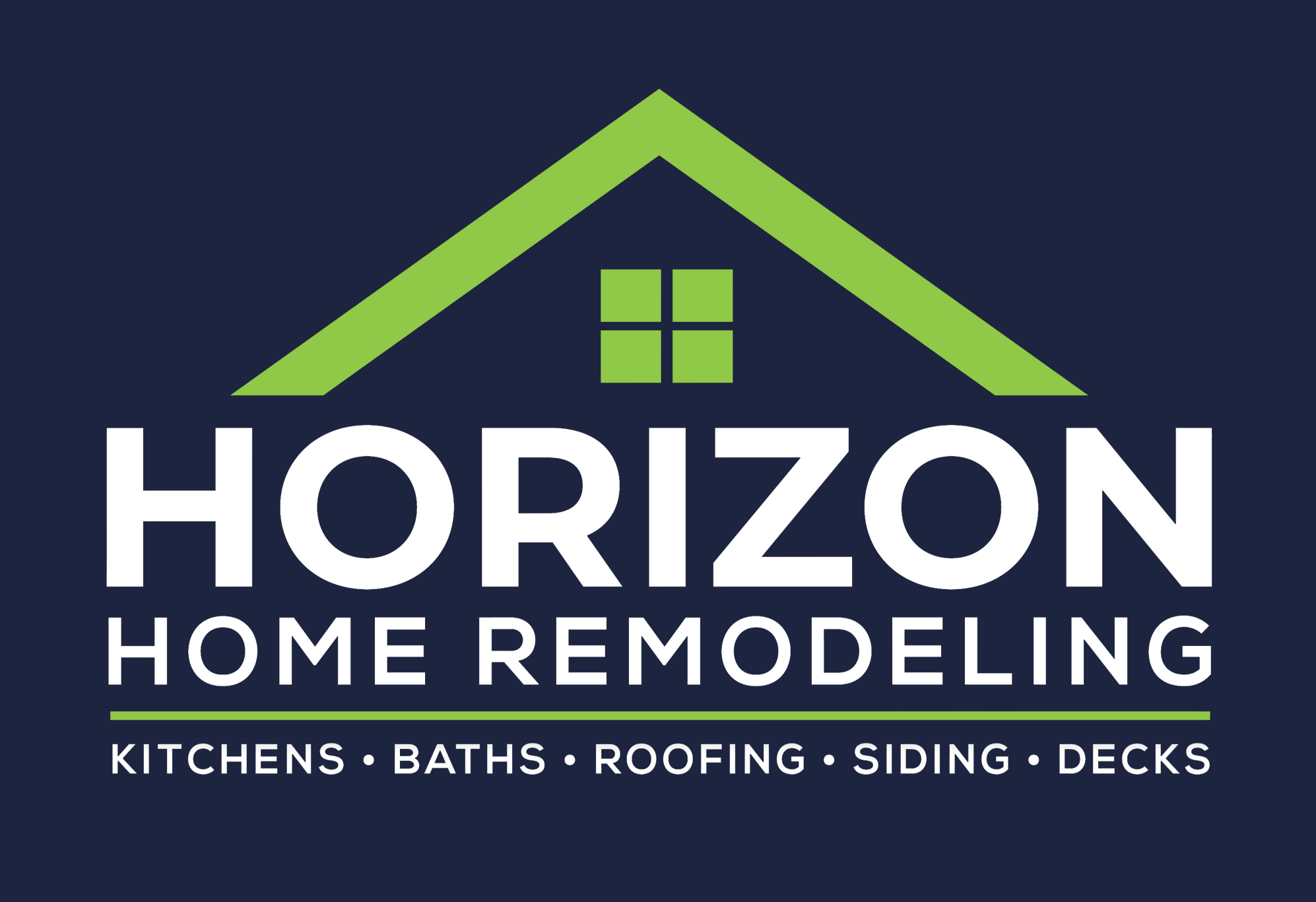Your home is more than just a place to live; it’s a reflection of your lifestyle and personality. As trends shift and family dynamics evolve, many homeowners seek to remodel their spaces to better meet their needs. Whether you’re looking to renovate your kitchen, expand your living area, or create a home office, understanding the financial options available to you is crucial. In this article, we will explore the top financing strategies for multi-service remodeling projects, providing you the tools to unlock your home’s full potential.
1. Understanding the Need for Remodeling
Before diving into financing options, it’s essential to assess why remodeling is necessary. There are several factors that may motivate homeowners to renovate:
- Increased Space: Families evolve, and more space may be needed to accommodate new lifestyles.
- Modernization: Outdated designs and styles may prompt renovations for efficiency and aesthetic appeal.
- Value Addition: A well-executed remodel can significantly increase a home’s market value.
In fact, a report by the National Association of Realtors found that 74% of homeowners undertake remodeling projects to improve the functionality of their homes. Understanding these motivations can help tailor your remodeling project to meet your needs and maximize your investment.
2. Evaluating Your Budget
Budgeting is one of the most crucial aspects of any remodeling project. To effectively evaluate your budget, consider the following steps:
- Determine Project Scope: Get a clear picture of what you want to accomplish. This includes materials, labor, and any permits.
- Research Costs: Use online calculators and local contractor estimates to understand the pricing of your desired remodel.
- Include a Buffer: Always build in a contingency fund (typically 10-20%) for unexpected costs.
3. Traditional Financing Options
Once you have a clear budget, you can explore various financing options. Traditional methods often provide reliable funding streams:
3.1 Home Equity Line of Credit (HELOC)
A HELOC allows you to borrow against the equity of your home. Here’s how it works:
- The bank appraises your home, and based on its value, you can borrow up to a certain percentage.
- Typically, HELOCs have lower interest rates than personal loans.
- You can draw funds as needed during the project.
HELOCs can be a great choice for ongoing projects where costs may fluctuate. However, homeowners must remember that failure to repay can result in losing their home.
3.2 Home Equity Loans
Home equity loans provide a lump sum payment based on your home’s equity, typically with fixed interest rates. This can be preferable when you have a clear vision of your total remodeling costs.
- Interest rates are usually lower than credit cards or personal loans.
- Fixed monthly payments make budgeting easier.
3.3 Personal Loans
If you don’t have significant equity in your home, personal loans can be an alternative. They often come with higher interest rates than home equity loans.
- Best suited for smaller projects.
- No collateral is needed, but credit history will significantly impact rates.
4. Innovative Financing Options
Beyond traditional loans, innovative financing options are becoming popular, especially among millennials and first-time homeowners:
4.1 Renovation Mortgages
This type of mortgage allows you to finance both the purchase of a property and remodeling costs simultaneously. Popular examples include:
- FHA 203(k) Loans: These loans allow you to finance repairs and improvements into your mortgage.
- Fannie Mae HomeStyle Renovation Loan: Allows up to 75% of the projected value after renovations.
4.2 Credit Cards with Promotional Financing
Some credit cards offer 0% APR promotional periods which can be beneficial if you fully repay the balance before high-interest rates kick in. This option, however, should be approached cautiously.
4.3 Government Grants and Subsidies
Various programs at local, state, and federal levels offer grants for home improvements, especially for energy-efficient upgrades:
- Energy Efficiency Programs: Many states offer rebates or tax credits for energy-efficient upgrades.
- Low-Income Home Repair Programs: These programs assist with necessary repairs for eligible homeowners.
5. Practical Case Studies
To illustrate the effectiveness of the discussed financing options, consider the following case studies:
5.1 The Smith Family
The Smiths wanted to expand their living room and remodel their kitchen. With a budget of $50,000, they evaluated their home equity and opted for a HELOC. By doing so, they accessed needed funds and maintained a manageable payment schedule. After the remodel, their home’s value increased significantly, giving them a higher return on investment.
5.2 The Johnsons
The Johnsons purchased a fixer-upper and chose an FHA 203(k) loan. This allowed them to finance both the purchase and renovation costs in one transaction. Not only did they secure a home below market value, but they also upgraded it to their dream home without overextending financially.
6. Tips for Successful Renovations
To ensure your remodeling project is a success:
- Hire Qualified Professionals: Use licensed and insured contractors to avoid legal and safety issues.
- Communicate Clearly: Keep open lines of communication with your contractors to address concerns promptly.
- Stay Involved: Regularly check progress and stay engaged in decision-making.
7. Conclusion
Unlocking your home’s potential through multi-service remodeling is an exciting endeavor. However, it’s crucial to diligently consider your financing options. From traditional loans like HELOCs and home equity loans to innovative options like renovation mortgages and government grants, homeowners have multiple paths to funding their remodeling dreams.
By understanding your needs, budget, and the various financing strategies available, you can transform your space while smartly managing your financial health. Remember the importance of hiring skilled professionals and staying involved throughout the remodeling process to ensure a successful outcome. With the right approach, you can create a home that not only enhances your lifestyle but also increases your property’s value.



